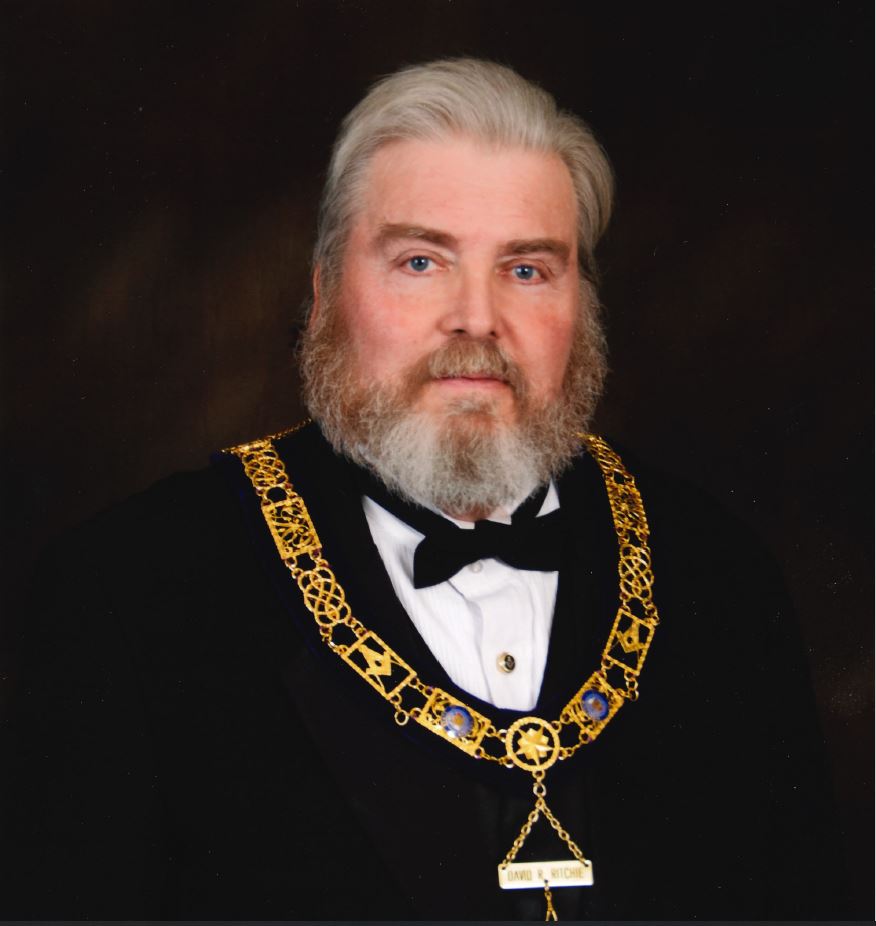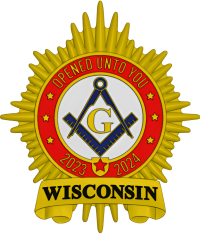
By Junior Grand Steward Craig J. Froelich
Happy 6020!
If you’re like me, you have probably noticed strange dates on cornerstones of some Masonic Buildings, a date exactly 4000 years older than the date the stone was laid. Or perhaps you’ve seen the date on a Past Master’s certificate or the Charter of your Lodge. I see it on a small stone by the parking lot of the Wisconsin Masonic Center, and on a plaque by the door every time I visit my grandma at our wonderful Three Pillars Health Care Center. But no matter where I see it, it’s always the same format: a year we’d recognize, written something like 1982 A.D., followed by that strange year, 5982 A.L. in this case. Since you’ll be reading this in 2020, my opening line rings true.
Happy 6020 A.L.
So, what exactly does A.L. mean, and why is it exactly 4000 years later than the actual year? A.D., of course, refers to Anno Domini, or the year of our Lord, marking the years of the Common Era which starts at the birth of Jesus. A.L., however, is short for Anno Lucis, which is Latin for “Year of Light” and alludes to the Biblical creation of the Earth, when God said, “Let there be Light, and there was Light.” Using A.L. for our dates re- minds of us of the Light in Masonry we all seek, and the gift of the Supreme Architect of the Universe gave to all of us. Anno Lucis isn’t the only Masonic calendar system in use. In the Scottish Rite, we use Anno Mundi, the year of the world, which is based on the Jewish calendar, and 3760 years more. In York Rite, you’ll see Anno Inventionis in Royal Arch, the Year of Discovery, and the date when Zerubbabel began work on the Second Temple.
Anno Depostitionis is used by the Royal and Select Masons, meaning Year of the Deposit, and is 1000 years more than our current numbering. Finally, the Knights Templar subtracts 1118 from the present year to mark Anno Ordinis or Year of the Order. With so many different ways to mark the passage of time, it is clear that Masons value time, and the precious little of it that we have here on Earth. We find this importance of time in the Master Mason lecture, where we are reminded by the Hour Glass of how rapidly our lives are drawing to a close when the Scythe of Time cuts the brittle thread of life. But these lessons of the lecture are not meant to distress us.
They do not teach futility, but are rather a call to action, demanding that we live what precious time we have to the fullest. The end of the year is always a time for reflection, to remember the joys of years past, or to think about those loved ones we have lost. The end of the decade, where we slide from the teens into the twenties causes even more reflection, and we wonder where all those years have gone. But we must not dwell on the past, for the New Year and new decade bring new hope to us, a fresh start. The time behind us can never be regained, but we must never lose sight of all those wonders of the future. So however the New Year is numbered, embrace the future, and live every moment as if it were your best.


